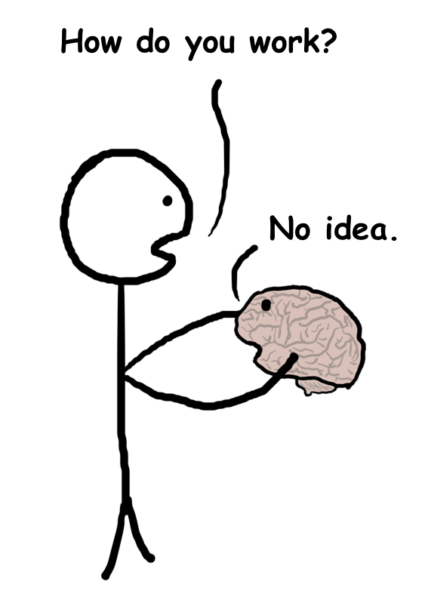he other day, I was struck by a quote I read. It was in a blog post about vulnerability by Adam Grant (Wharton professor and author of Originals). Here’s what he said:
“Good communicators make themselves look smart. Great communicators make their audiences feel smart.”
It reminded me of the time I discovered, to my horror, that I write at an 8th grade reading level. This discovery led me to study the reading level of great writers (and also not so great ones), which in turn surprised me. Turns out the most popular writers tend to write at a lower reading level than the typical writer in her or his genre.
My conclusion was that this kind of writing is popular because, as my favorite professor in Journalism School put it, “Great writing speeds you along.” If you don’t have to look up words or think hard about what you’re reading, you turn pages faster and enjoy them more — even if you can read really high-level writing.
But Grant’s quote gave me pause. It added another dimension to my theory about popular writing. There’s a lot of really crappy, unenjoyable writing at low reading levels, too. So what makes the difference?
I think it’s this:

The worst thing you can possibly read is something that makes you feel dumb and is hard to get through. This means you’re either in way over your head or the author really hasn’t got a clue about his audience.
The second-worst, unless you’re reading something to a toddler, is writing that makes you say, “Ugh,” but at least doesn’t waste too much of your time.
Now, a lot of writing that makes us smarter, better people, is worth reading even though it’s difficult. Most of the textbooks I remember from college were this way. Piketty’s Capital in the 21st Century was this way for me. (Though admittedly I’m not an economist, so it may have been easier for his core audience to jibe.)
But when you look at writing that makes its way around the world — articles that go viral and books that break out — you’ll notice that they simultaneously make you feel smart and energized. They’re not a chore.
When I think about this kind of writing, I think about how every Malcolm Gladwell (8th grade reading level!) book gives me 25 things to talk about at the bar. I think about Sheryl Sandberg’s books and New York Times Op-Eds (7.5 grade), which make me see the world differently and hungry for more. I think about Jon Ronson (6.5) and J.K. Rowling (5.5) for the same reason. And I think about Ezra Klein’s and Nate Silver’s journalism, which breaks down really difficult material into writing and charts that are both easy and enlightening.
Even the few notable exceptions I can think of, like David Foster Wallace, whose beautiful prose is extraordinarily tedious, tend to fit into the above diagram. Wallace’s work is rewarding if you get through it. But if I had a dollar for every person who I knew who still had Infinite Jest on their nightstand with a bookmark around Page 10…
Even the best kids books fit into the top-right quadrant of the diagram. (Hello, Dr. Seuss!) Books that are easy to read while helping kids learn are extraordinarily satisfying. And it’s no surprise that they’re popular.
I’m convinced that this is also why The Da Vinci Code has sold 80 million copies, despite its criticism. The author has been mocked by other (perhaps jealous) writers for his simplistic prose and use of cliches, but guess what? He’s easy to read. And his puzzles and twists make us feel smart when we guess them right — or even when we slap our foreheads after we learn the answer and say, “I totally would have guessed that!”
Whether these popular writers think about it or not, they understand what Grant was talking about: Communication is all about our audience, not us. No audience wants to be made to work harder than they need to. And no audience wants to feel stupid. Audiences will hardly care how smart you are if you make them feel dumb.
Yet so often we think it’s our job to do just that. So we use big words. We make things complicated. And then we curb our potential reach. As Grant said in his post, “It’s not about you. It’s about them.”
So how do you make your audience feel smart? Teach them something new. Introduce something novel to the internet. And do it in a way they enjoy.
One of my favorite examples of this is my buddy Tim Urban, who writes the popular blog WaitButWhy. He rubs the whole “people have short attention spans” in pundits’ faces, with 10,000-word blog posts about topics like how artificial intelligence works, Cryonic freezing, and uploading our brains to computers. This is intense stuff, but he has millions of loyal readers. That’s because he explains these difficult topics using a mix of humor, easy to understand analogies, and hand-drawn comics that make understanding them simpler. (And, big surprise, he usually writes at below an 8th grade reading level.) You finish his posts feeling like you know something new and complex without having to work that hard. It’s like beating a tricky level on a video game on the first try.
No one cares how smart the video game designer is. We just care if we love the game.



No comments:
Post a Comment